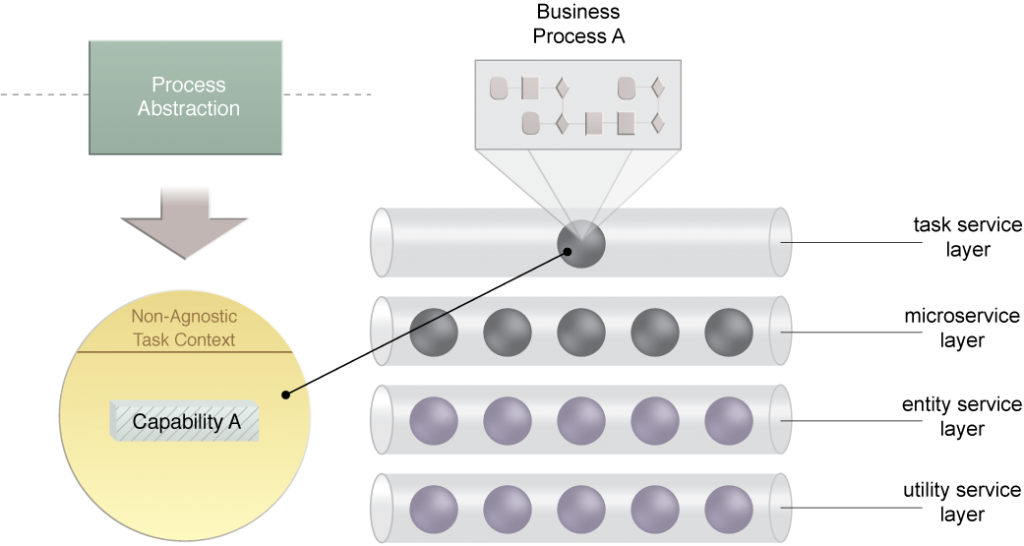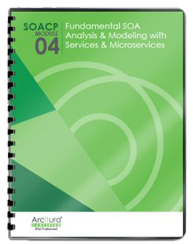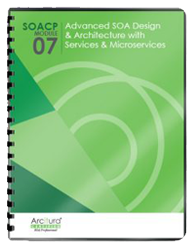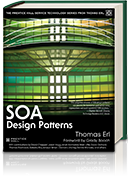SOA Patterns > Logical Inventory Layer Patterns > Process Abstraction
Process Abstraction (Erl)
How can non-agnostic process logic be separated and governed independently?

Problem
Grouping task-centric logic together with task-agnostic logic hinders the governance of the task-specific logic and the reuse of the agnostic logic.
Solution
A dedicated parent business process service layer is established to support governance independence and the positioning of task services as potential enterprise resources.
Application
Business process logic is typically filtered out after utility and entity services have been defined, allowing for the definition of task services that comprise this layer.
Impacts
In addition to the modeling and design considerations associated with creating task services, abstracting parent business process logic establishes an inherent dependency on carrying out that logic via the composition of other services.
Architecture
Inventory, Composition, Service

Solution logic limited to the fulfillment of parent business processes is abstracted into separate task services. This establishes a parent task service layer that abstracts nonagnostic business process logic responsible for composing agnostic services.
Related Patterns in This Catalog
Agnostic Sub-Controller, Canonical Expression, Capability Composition, Entity Abstraction, Inventory Endpoint, Multi-Channel Endpoint, Non-Agnostic Context, Process Centralization, Service Layers, Utility Abstraction
Related Service-Oriented Computing Goals
Increased Business and Technology Alignment, Increased ROI, Reduced IT Burden
This pattern is covered in SOACP Module 4: Fundamental SOA Analysis & Modeling with Services & Microservices.
For more information regarding the SOA Certified Pofessional (SOACP) curriculum,
visit www.arcitura.com/soa.
This pattern is covered in SOACP Module 7: Advanced SOA Design & Architecture with Services & Microservices.
For more information regarding the SOA Certified Pofessional (SOACP) curriculum,
visit www.arcitura.com/soa.
This page contains excerpts from:
SOA Design Patterns by Thomas Erl
(ISBN: 0136135161, Hardcover, Full-Color, 400+ Illustrations, 865 pages)
For more information about this book, visit www.arcitura.com/books.


